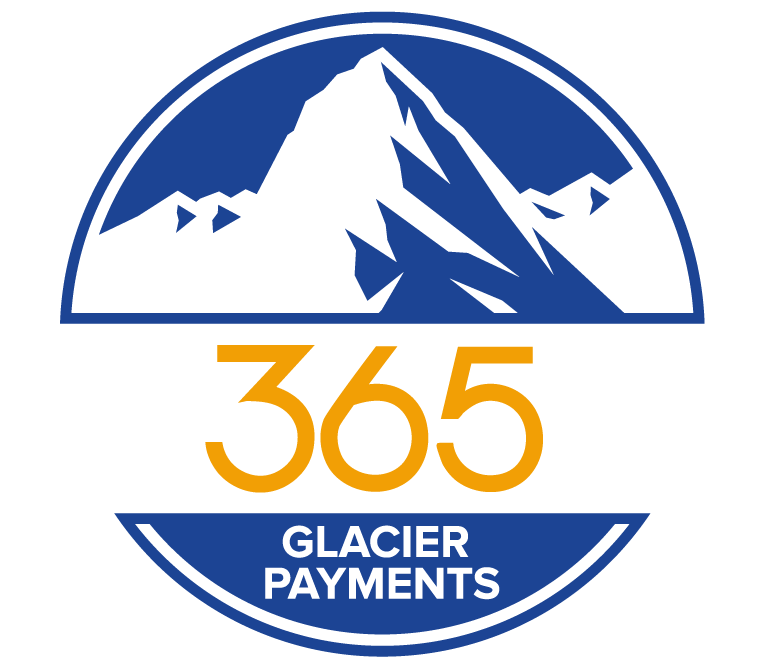Cash Discount, Dual Pricing and Surcharging – Which Pricing Strategy is Right for your Business?
As a business owner, you are probably tired of paying fees for your credit card transactions. Terms such as “interchange” and “flat rate” can make a prudent merchant’s head spin. You may be asking yourself, “What if there was still a way to accept credit cards, but not pay any fees?” Well, I am here to break it to you – your wish has been granted. Read on to learn about which payment options have the power to save you hundreds of thousands of dollars a year. Utilizing cash discount and dual pricing is one of the most efficient ways to cut down on operating costs while operating an efficient business in the 21st century.
Cash Discount, Dual Pricing and Surcharges – What Does it All Mean?
Let us get down to the basics of what these transaction terms mean. This will help determine which pricing strategy is right for your business. Keep in mind that each pricing strategy must abide by particular legalities in its corresponding jurisdiction. We will get into the details of this a bit later in the article.
Cash Discount – This term sounds just like the name implies. This is when a merchant posts the credit card price for their goods or services, and then offers a discount on that price for any customer that pays cash. An additional component to keep in mind is that the merchant’s POS system must be able to support the dual pricing method and display both a cash price and regular price for all SKUs.
Surcharge – This is the inverse of cash discount. When a merchant uses the surcharge method, they post the cash price for their goods or services and then add a surcharge to any purchase a customer makes with a credit card. This is often a surprise to the customer and invokes customer dissatisfaction. Note that if a merchant adds a fee to the customer’s total upon checkout, it is categorized as a surcharge no matter what the processor or merchant labels it.
Dual Pricing – When utilizing dual pricing, the merchant has both the cash and credit prices posted for the customer to view. Think of your typical gas station. The last time you went to load up the old cruiser, you surely looked at the listed prices and decided either to save a few cents by digging for some crumbled bills from your wallet or take advantage of the convenience of swiping your credit card, while paying slightly more.
Legal Implications
After learning more about the differences between cash discount, dual pricing and surcharges, and deciding which strategy is right for your business, you may be wondering what the legalities of each pricing strategy is. As mentioned above, there are legal implications that both merchants and processors need to be aware of when implementing each strategy. As a disclaimer, I am not a lawyer, nor am I offering legal advice. Due to what some may see as slight differences between cash discount, surcharging and dual pricing, there can be a great deal of confusion between merchants as to which is considered which. The legalities of each underline the importance of understanding the details. Not having a firm grasp of the subtleties of each may result in hefty fines or getting your merchant account shut down altogether.
The Durbin Amendment
Whether you have heard of the Durbin Amendment, or it sounds like a foreign language to you, this is an important piece of legislation that outlines key components of cash discount, surcharging and dual pricing. The Durbin Amendment states that payment card networks will not restrict business’ ability to offer a discount for cash and check payments. You may be asking what defines the term “discount” under the Durbin amendment. “Discount” is defined as a reduction made from the price that is conveyed to the consumer as the regular price. “Discounting” DOES NOT include INCREASING the price that is conveyed to the consumer as the regular price. I reiterate, this is referring to a reduction in price, rather than an increase in price. If you are thinking, “My regular price is actually my cash price,” the amendment supports that if the regular price is the cash price, then no discount on that cash price is offered. According to the Truth in Lending Act, the term “regular price” means the tag or posted price charged for the property or service if a single price is tagged or posted.
As a merchant deciding whether to offer a surcharge or cash discount, note that merchants are not allowed to post a price for cash, and then charge a price that is higher when a customer pays with a card. Inversely, merchants CAN post the price of a product or service for cards, and then offer the consumer a lower price for paying for cash.
To demonstrate in a relatable scenario, let’s say that your reliable old printer took a hiatus and is no longer working. You go to your local office supply store and peruse the shelves for the best product. Let’s say that shiny new printer you want has a sticker price of $200. You think, “With all the bells and whistles, this is a great deal!” You then head to the register and pull out your credit card to pay. At this point, one of two things can happen. The cashier can say “I have great news, if you want to pay with cash, we can actually give you a discount and your total will only be $194.” Or, the cashier can say, “Sorry, that was the cash price, the price for paying with a credit card is actually $206.” The first comment refers to a cash discount, while the second scenario refers to a surcharge.
When it comes to legalities, cash discount, when done by the book, is legal in all 50 states. However, there are laws in certain states that prohibit surcharges. States that currently prohibit surcharging (in 2022) are listed below. Note that while some states deem surcharging as completely illegal, others have limited anti-surcharging laws. In addition, it is important to keep in mind that surcharges are never permitted on debit cards, even if surcharges are legal in that state.
States Where Surcharging is Completely Illegal (2022)
- Connecticut
- Massachusetts
- Puerto Rico
States Where Anti-Surcharging Laws Have Been Limited (2022)
- Florida
- California
- Kansas
- Maine
- Oklahoma
- Texas
- Utah
- New York
- Colorado
Advantages of Cash Discount and Dual Pricing
After delving into the legalities of cash discount, surcharging and dual pricing, you may need some clarity as to what the advantages of these pricing structures to your business are. Let’s look at the customer experience in the scenario above where you purchased the printer. You can imagine how a consumer would feel in this situation. While the cash discount scenario is a nice surprise, the surcharge scenario invokes distrust and disappointment. When implementing a dual pricing program or cash discount program, customers have the pricing laid out in front of them before they go to check out. In dual pricing, both cash and credit options are listed, and the consumer has the freedom to choose if they want to partake in savings by paying in cash. The same premise applies to cash discount.
As to benefits to the merchant, the business owner is essentially able to bypass credit card fees, and profit as if all transactions were paid in cash when utilizing either dual pricing or cash discount. This can provide some hefty savings and allow the merchant to bypass credit card fees altogether. This makes it a win-win for both the consumer and the merchant.
Next Steps
After perusing this article most merchants come to the realization that offering either cash discount or dual pricing presents both the consumer, as well as the merchant, with multiple benefits including freedom of choice and price savings.
365 Glacier Payments has over two decades of experience in guiding merchants through processing solutions that best fit with their business strategy. If you have additional questions or would like to learn more about offering cash discount, dual pricing or surcharging, we are happy to guide you through the process. You can get started by scheduling an appointment here, or you can reach us at 866.857.8766 or email info@365glacierpayments.com. We look forward to hearing from you!




